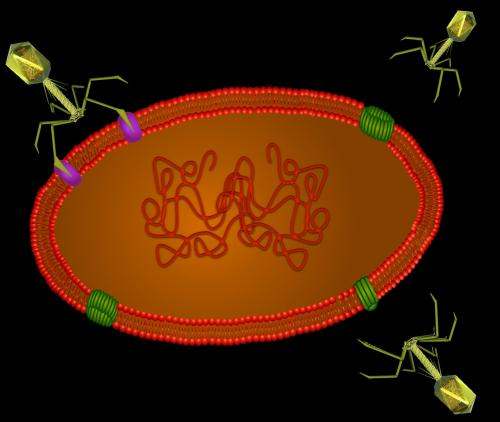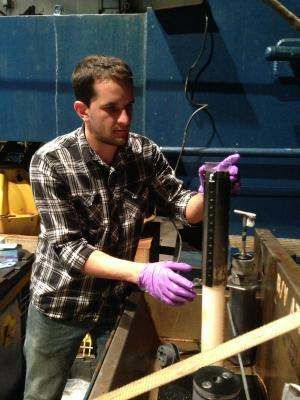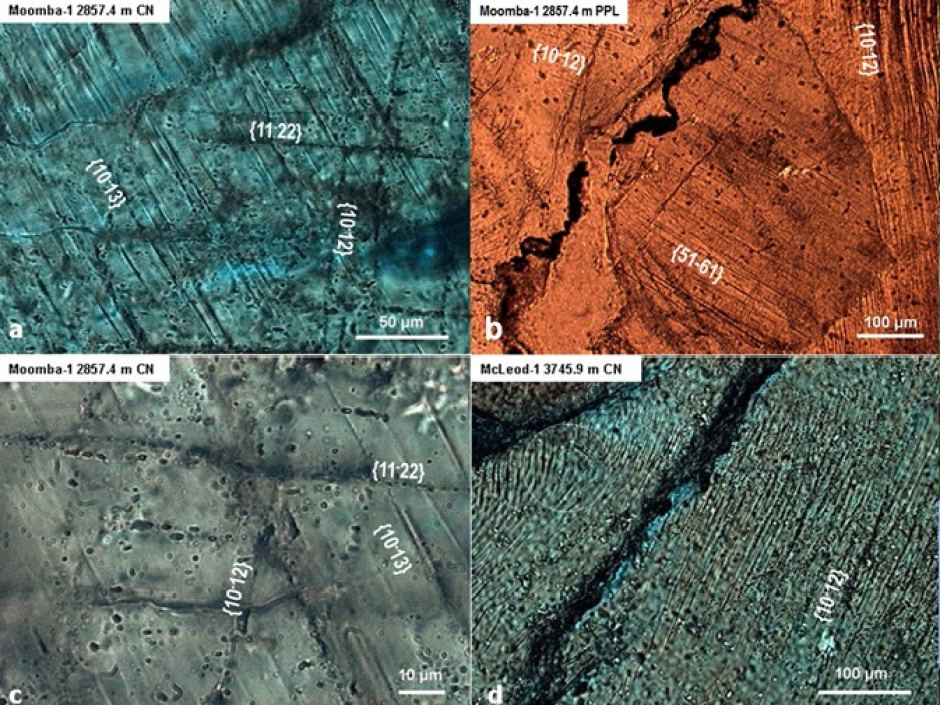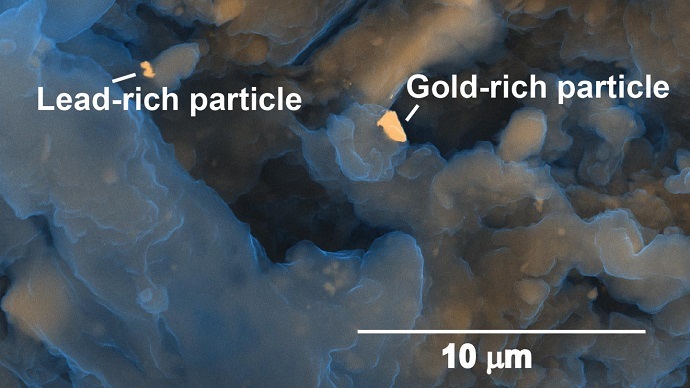
© Blair PaulGraphic of viruses attempting to "dock" on a microbial mat, using the tips of their tails.
The intraterrestrials, they might be called.
Strange creatures live in the deep sea, but few are odder than the viruses that inhabit deep ocean methane seeps and prey on single-celled microorganisms called archaea.
The least understood of life's three primary domains, archaea thrive in the most extreme environments on the planet: near hot ocean rift vents, in acid mine drainage, in the saltiest of evaporation ponds and in petroleum deposits deep underground.
Virus in the deep blue seaWhile searching the ocean's depths for evidence of viruses, scientists have found a remarkable new one, a virus that seemingly infects archaea that live beneath the ocean floor.
The researchers
were surprised to discover that the virus selectively targets one of its own genes for mutation, and that this capacity is also shared by archaea themselves.
The findings appear today in a paper in the journal
Nature Communications.
The project was supported by a National Science Foundation (NSF) Dimensions of Biodiversity grant to characterize microbial diversity in methane seep ecosystems. Dimensions of Biodiversity is supported by NSF's Directorates for Biological Sciences and Geosciences.
New information about life in ocean depths
© Karin LemkauScientist Blair Paul prepares a sediment core for further sampling on the research vessel Atlantis.
"Life far beneath the Earth's subsurface is an enigma," said Matt Kane, program director in NSF's Division of Environmental Biology. "By probing deep into our planet, these scientists have discovered new information about Earth's microbes and how they evolve."
"Our study uncovers mechanisms by which viruses and archaea can adapt in this hostile environment," said David Valentine, a geoscientist at the University of California Santa Barbara (UCSB) and co-author of the paper.
The results, he said,
raise new questions about the evolution and interaction of the microbes that call the planet's interior home.
"It's now thought that there's more biomass inside the Earth than anywhere else, just living very slowly in this dark, energy-limited environment," said paper co-author Sarah Bagby of UCSB.




Comment: There seems to be more and more incidents every day. Suspicious too, is how many 'new moons' are being discovered around Jupiter, Saturn and other solar system planets. Could it be they are sweeping up some of the material of a dangerous, debris-strewn part of space we have recently entered into?